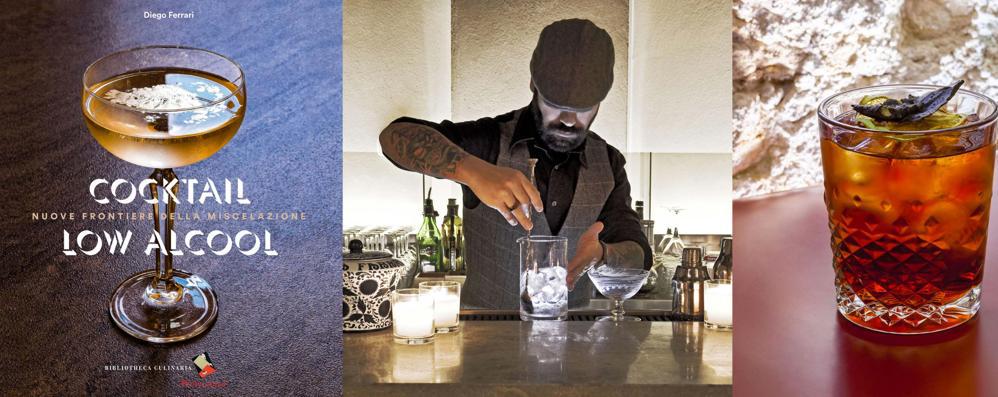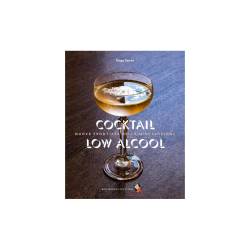
In recent times, the world of food has seen unexpected evolutions; the world of drinks is certainly no different. Some changes from trend to reality have occurred in record time, partly as a result of a series of socio-cultural shifts: from the ever-increasing quest for wellness to stricter laws for those caught driving under the influence.
A prime example of the new reality is low-alcohol cocktails.
LOW-ALCOHOL MOVEMENT
In Italy, one of the pioneers of the low alcohol movement is Diego Ferrari. His career as a mixologist began at seventeen, the age at which he took his first bartending course. At twenty-six, already strong with solid experience, he landed in London, where he delved into tiki, barchef and mixology techniques. Upon returning to the peninsula, the Milanese bartender devoted himself to an intense activity as a bar manager, writing in several trade magazines and collaborating with important brands in the beverage world. For Ferrari, the ultimate affirmation comes through participation in prestigious national and international competitions.
Diego Ferrari has been able to turn the apparent limitations of low alcohol into a great opportunity. This is by creating a list that offers only drinks under 21 degrees alcohol-Ferrari is bar manager at the Rotonda della Besana in Milan-using his decades of experience to rethink the mixologist's craft. Deeply convinced that the ingredients of a cocktail are only the basis of good drinking, in Cocktails Low Alcohol-New Frontiers of Mixing, Diego recounts his human and professional journey, but not only.
THE NEW CHALLENGES OF THE CRAFT
In fact, the Milanese bartender offers colleagues an original and unique selection of almost forty (thirty-seven to be precise) low alcohol drinks, but also a method for facing the new challenges of the profession. Not surprisingly, an entire chapter is devoted to this topic. The others are on teamwork, creating new recipes, and marketing. SIiarriva finally arrives at the chapter entitled The Last Ride, with index and acknowledgments.
His first literary endeavor, through almost 130 flowing but above all clear and explanatory pages takes low alcohol into a new dimension; making it clear once again why Diego Ferrari has become one of the benchmarks of this technique internationally.
If this volume has been possible, it is also thanks to Bibliotheca Culinaria who believed in it by publishing it, and to Pasquale Formisano, who conveyed all the magic of drinks there shots.

